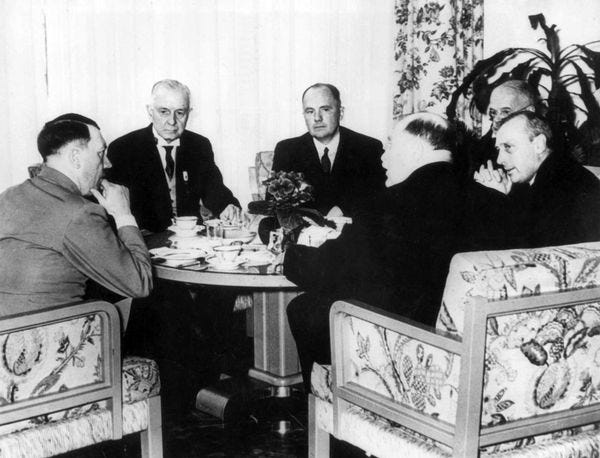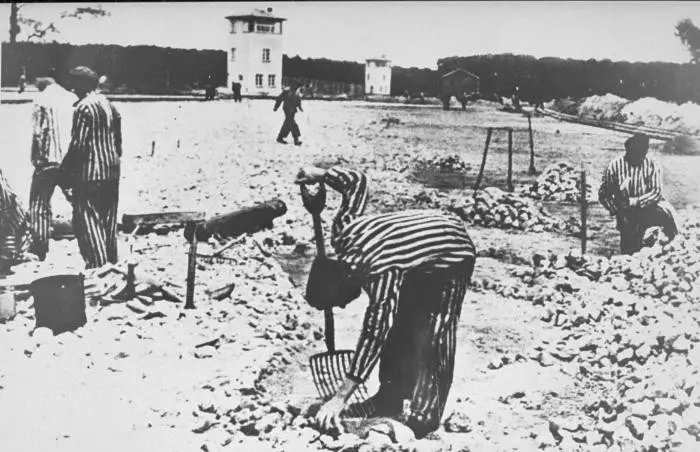 nternational Business Machines, more commonly known as IBM, is a multinational technology giant. This corporation is most famously known for its business in keeping records of large numbers of people, a trend which is still seen to this day as the company manages a large share of American medical records. IBM’s business goes back to the early 20th century when they would use stamp cards and stamp card reading machines to keep track of individual records.
nternational Business Machines, more commonly known as IBM, is a multinational technology giant. This corporation is most famously known for its business in keeping records of large numbers of people, a trend which is still seen to this day as the company manages a large share of American medical records. IBM’s business goes back to the early 20th century when they would use stamp cards and stamp card reading machines to keep track of individual records.
Although based in the United States, IBM has had subsidiaries across the globe and especially in Europe, since the early 20th century. For our purposes, we are going to focus on one particular subsidiary in Europe which was based in Germany during the early 20th century, Dehomag.
Dehomag

Deutsche Hollerith-Maschinen Gesellschaft mbH, shortened to Dehomag, was Germany’s biggest census company during Hitler’s rise to power. In a bid to secure his hold on Germany, Hitler sought to put away all of his political opponents in concentration camps where they would pose no harm to Hitler’s monopoly on power.
Along with this, Hitler also sought to clean his country of those his regime deemed to be “undesirable,” something that was very hard without the proper census equipment.
As the Nazi regime evolved, many in the US called for either a boycott of the country or for economic ramifications. Dehomag wasn’t one of these companies even though IBM, an American company, owned 90% of the business. The opposite was true of Dehomag, as the person in charge of Dehomag at the time, Willy Heidinger, was actually a supporter of the Nazi regime. Thus Dehomag sought to collaborate with the regime.
Dehomag’s direct collaboration with the Nazi regime began in 1933 when the Nazi government decided to conduct a national survey focused on the nationality of its citizens.
This survey would be key to the Nazis singling out the “undesirables” as soon as the Holocaust came into full swing.
Dehomag not only offered to help with the survey of the region of Prussia but also saw this as an opportunity for future business ventures. As a result, its parent company, IBM, not only didn’t stop its subsidiary but actually funded it. The head of IBM traveled to Germany in October 1933, after which he pushed through an investment of around $1 million to its Germany subsidiary. This allowed Dehomag to build a factory in Berlin, further increasing their monopoly power over the rapidly growing census business in Germany.

The 1933 census was a massive economic success for Dehomag. The Nazi party was impressed at the efficiency of their systems, something which allowed them to catalog 2 million Jewish people living in Germany. This was very significant as before, the Nazis believed that there were only around half a million Jews living in Germany. We can say without a doubt that this collaboration directly aided in the capture of at least 1 million Jews.
Greed over morals
IBM continued to supply census technology to their German subsidiary even after the United States declared war on the Axis. As Nazi Germany was their second-biggest customer, the United States being first, IBM had to smuggle technology into the Axis country. As Nazi Germany expanded throughout Europe, IBM allowed its subsidiary to provide services outside of Nazi Germany to expand their operation.

This led to Dehomag aiding not only the organization of the Holocaust in Nazi Germany but also in Poland too. Their collaboration didn’t stop there, as after every takeover of a nation by the Nazis, a census would be done by Dehomag on the population of the occupied nation so that the Nazi killing machine could target the “undesirables.” Most concentration camps would also go on to use IBM punch card technology to keep detailed records of their prisoners.
Without such a close contribution by Dehomag and support from IBM, it is easy to see that Nazi Germany would’ve been much more ineffective in its quest to turn Europe into an Aryan paradise. IBM technology was crucial in the German extermination of those they deemed “undesirable,” something that IBM continues to deny to this day even after multiple research papers and books proving otherwise.

Student of Philosophy, Politics and Economics. History fanatic. Contact: aneculaeseicg@gmail.com




